
Introduction
When we look at our oceans itâs hard to imagine that one of the biggest predators out there does not necessarily have fins or razor-sharp teeth. The top ocean predator is us, humans.
All over the world we have become so effective at fishing that we have caused a huge decline, or drop, in ocean wildlife populations. But how has fishing changed and does this affect the food chain?

The number of lobster and fish in our oceans, as well as other ocean life, is declining. How is this happening?
What is overfishing
The decrease of ocean life is being caused by overfishing. This means that we are taking too many fish, lobsters and other marine life from the ocean. We are catching so many of one species that the species is unable to recover to normal quantities. This has reduced some species to really low numbers and it could even lead others to extinction.
Fishing has changed
Many scientists say the problem is that we are simply too good at fishing. The modern fishing industry uses the latest technology like radar, helicopter spotters, planes and giant fishing boats to increase their yieldRefers to the amount of fish that is caught., or amount of fish they catch. Huge nets, often as big as football pitches are sometimes used to pick up everything in their path.
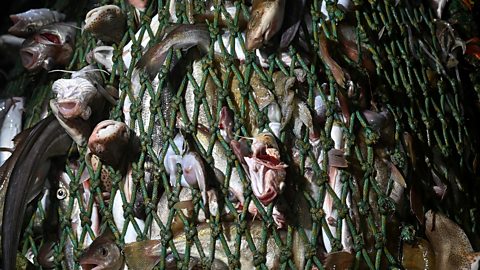
This technology enables large companies to fish at greater depths and in areas that are habitatA place where animals or plants live. for a wide variety of fish and marine life.
Lobster fishing
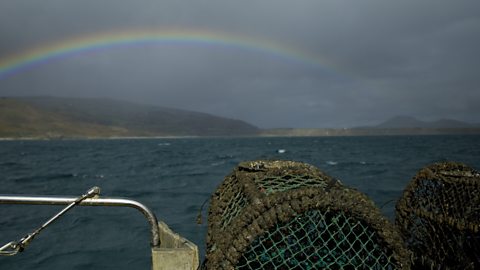
Many fishermen are themselves taking steps to protect the marine environment that they care so deeply about. Lobster numbers are falling in Wales and therefore a group of lobster fishermen have formed the Welsh Seafood Cluster. They have agreed to follow some simple rules to protect the lobster population off the Welsh coast.
- They have agreed that they will only catch bigger, older lobsters who are not carrying eggs.
- Any smaller lobsters that are not yet fully grown, or any lobsters that are carrying eggs will be returned to the sea where they can continue to breed and lay eggs.
It is hoped that this will help the lobster population to recover.

Some fishermen are also using specially-modified lobster pots that are designed to let smaller, younger lobsters escape. Bigger holes have been created to let lobsters that are under five years old swim free.
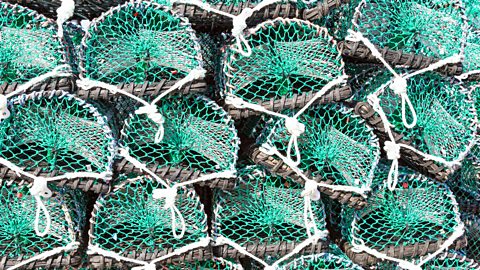
Video: The future of the Welsh lobster population
Learn how âpotterâ Brett Garner is looking after the future of the Welsh lobster population.
How does overfishing affect the food chain?
A food chain shows how plants and animals get their energy.
- A food chain always starts with a producer. This is an organism that makes its own food.
- A living thing that eats other plants and animals is called a consumer.
- A predator is an animal that eats other animals. The animals that predators eat are called prey.
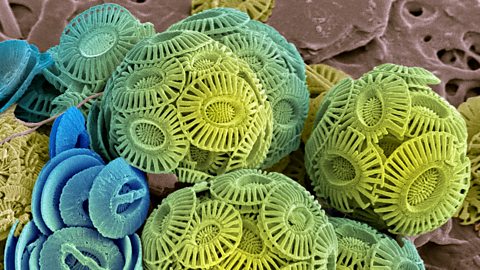
Image caption, Phytoplankton
The phytoplankton, microscopic tiny organisms that provide the base for the entire marine food chain, is the producer. It gets its energy from the sun.
Image caption, Crustacean (crab)
The crab is the consumer. It eats the phytoplankton.
Image caption, Atlantic salmon
The Atlantic salmon is a consumer. It eats crustaceans, insects and small fish.
Image caption, Seal
At the top of the food chain is the predator. Seals prey on large fish like the Atlantic salmon.
1 of 4
If we disturb this food chain by overfishing, the impact is felt by larger fish and sea mammals as well as by the fish and crustaceanAn animal with a hard, jointed shell. There are many kinds of crustaceans, including crabs, crayfish, lobsters, and shrimps. that we catch.
When we take fish from the sea, we need to be careful not to take too much. By reducing the amount of fish we catch, we can give the fish populations and our sea life the chance they need to recover.
What can we do?
Many governments have set limits to protect the fish and marine life population. They control how, when and how much fish can be caught.
We can also set specific areas for protection and recovery, these are called marine reserves.
As consumerA person who orders, or uses goods, products, or services primarily for personal use. or shoppers, we can support sustainable fishing methods by looking out for products that are approved by the Marine Stewardship Council. These labels show that these products have been caught sustainably, in a way that does not damage marine life.
The good news
The good news is that making these positive changes does work. Scientists have proven that taking steps to decrease overfishing and protect our ocean life does have a positive effect on the population of our oceans. By fishing sustainably, we are securing the future of our oceans and also making sure there is enough ocean life for the future.
Quiz: Can lobster fishing be sustainable?

Where next?
How can we clean up ocean plastics?
Tonnes of plastic waste is discarded into the oceans each year. What can we do to tackle this problem?
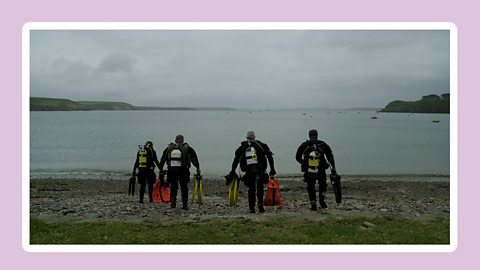
How can seagrass help slow down climate change?
Did you know that seagrass is known as "the lungs of the ocean"?
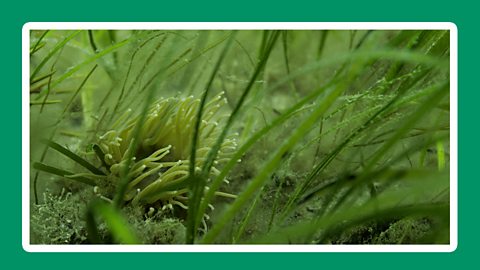
KS2 Sustainability
A collection of lessons for pupils aged 7 to 11

More on Food
Find out more by working through a topic
- count2 of 2
